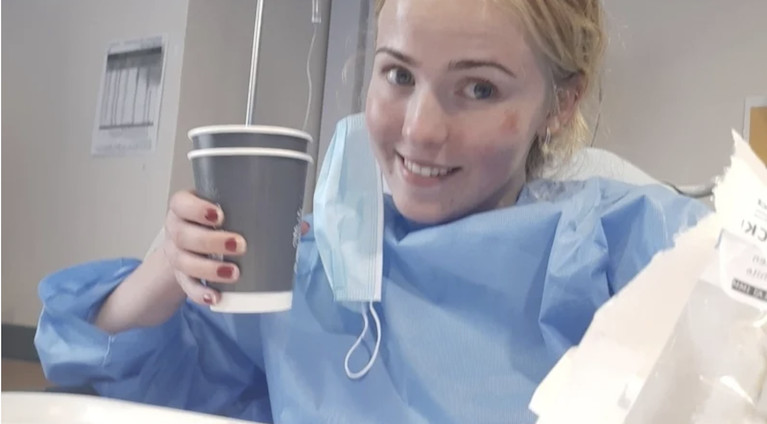Taylor Swift songs and shooting stars sustained cousins Ellen Glynn (17) and Sara Feeney (23) during their 15-hour overnight ordeal on paddleboards in Galway Bay.
“I think I know every line of Taylor Swift – we sang them all,” Ellen told The Irish Examiner, speaking from her ward in University Hospital Galway yesterday.
“What I would really like to do is to thank the hundreds of people who came out on boats, planes, in helicopters, on foot, and said prayers and lit candles and raised the alarm on social media,” she said.
Describing how she and her cousin kept their cool during the long hours of darkness, she recalled how she sang every Taylor Swift song she knew.
They saw a meteor shower of shooting stars, they kept memorising the lights of Furbo and Spiddal on the exposed northerly shore for as long as they could see them, and “we would each talk about what we’d do when we get home”.
Ellen said that both a helicopter and a vessel were close enough to light up the sea around them, at one point.
There was lightning and heavy rain, and waves became bigger and they were “shivering uncontrollably”, she said.
When sun rose, visibility was poor – but as the fog lifted, they realised just how far they had been swept, with the Cliffs of Mother just south of them, the Aran island of Inis Oirr to the north, and the Atlantic to the west.
“I had thought we were being carried into Galway, but we were being swept in the opposite direction,” she said.
When Patrick Oliver and his son Morgan located them on their seven-metre Johnny O at around midday on Thursday, some two to three nautical miles south-west of Inis Oírr, Ellen says they told the two men they thought “no one was looking for them”.
“And they said ‘do you know how many people are out looking for you’”, she laughed.
More in The Irish Examiner here
































































